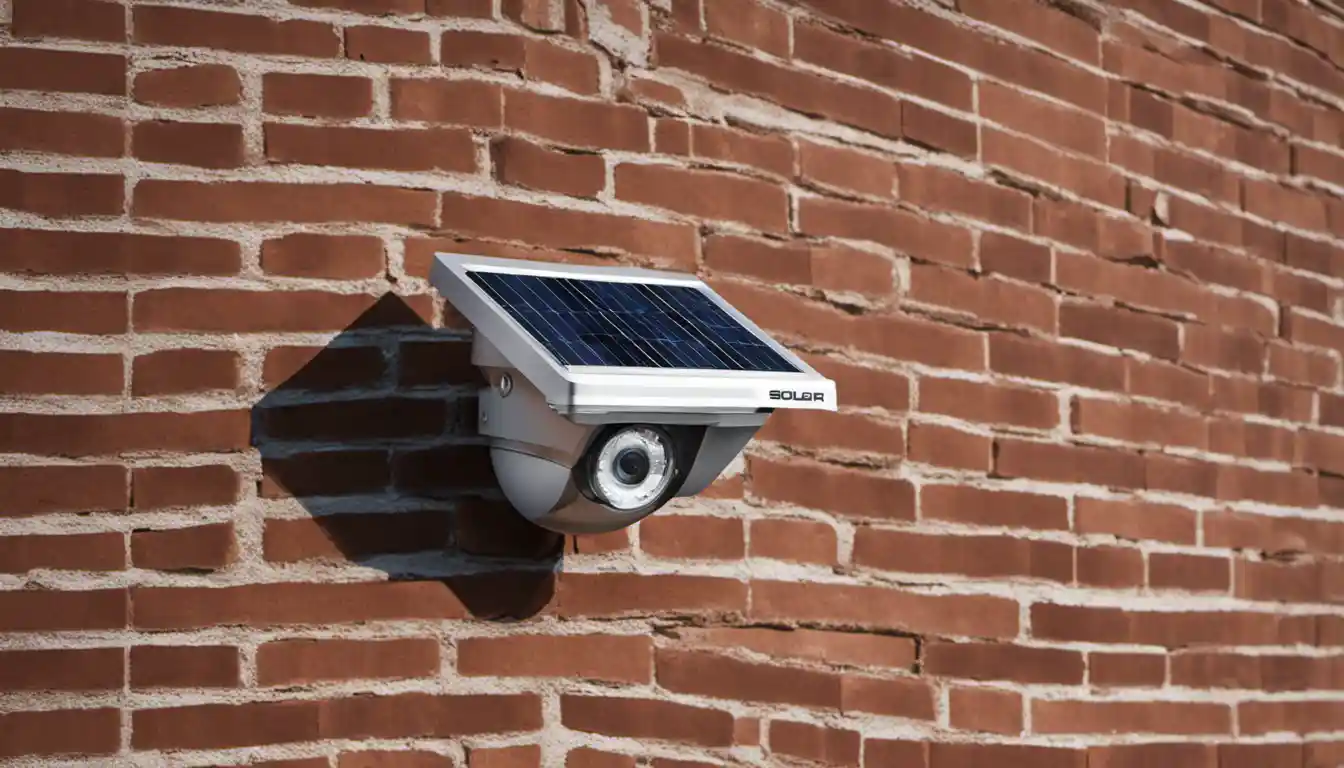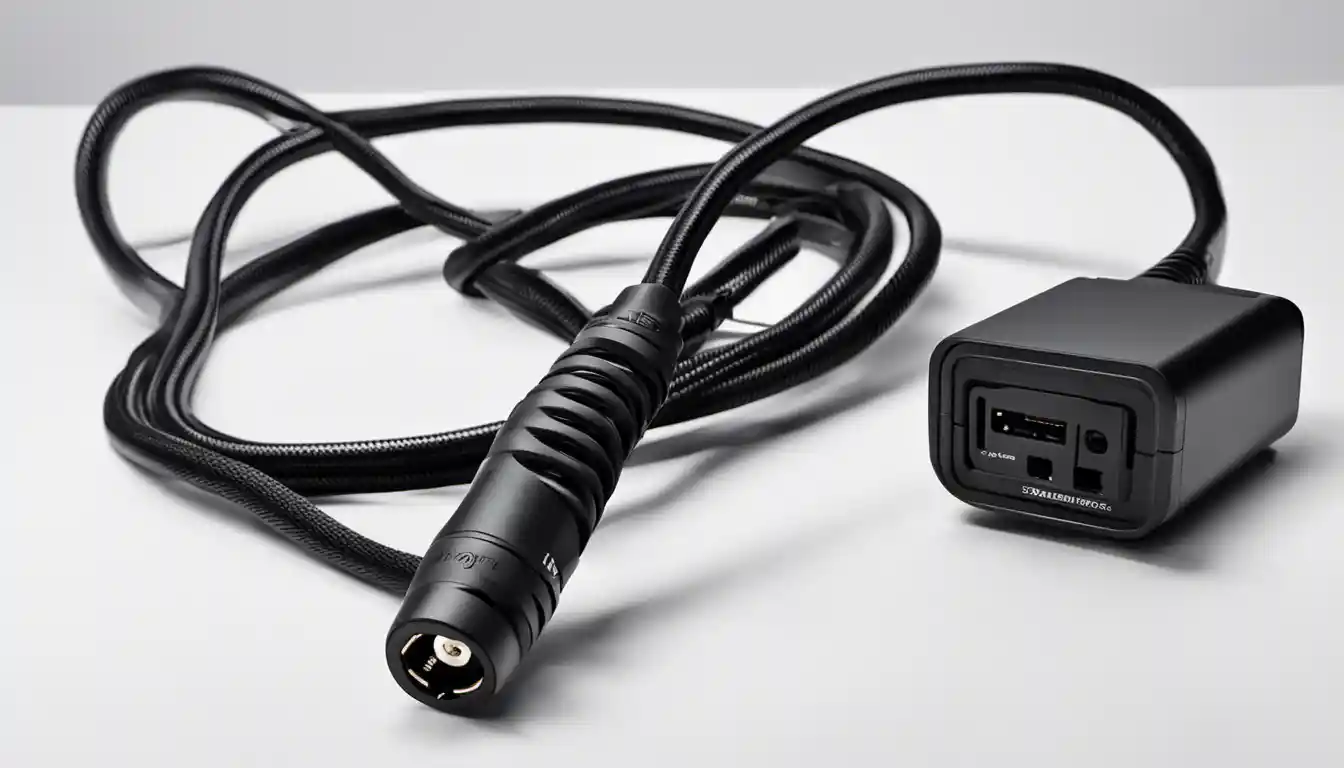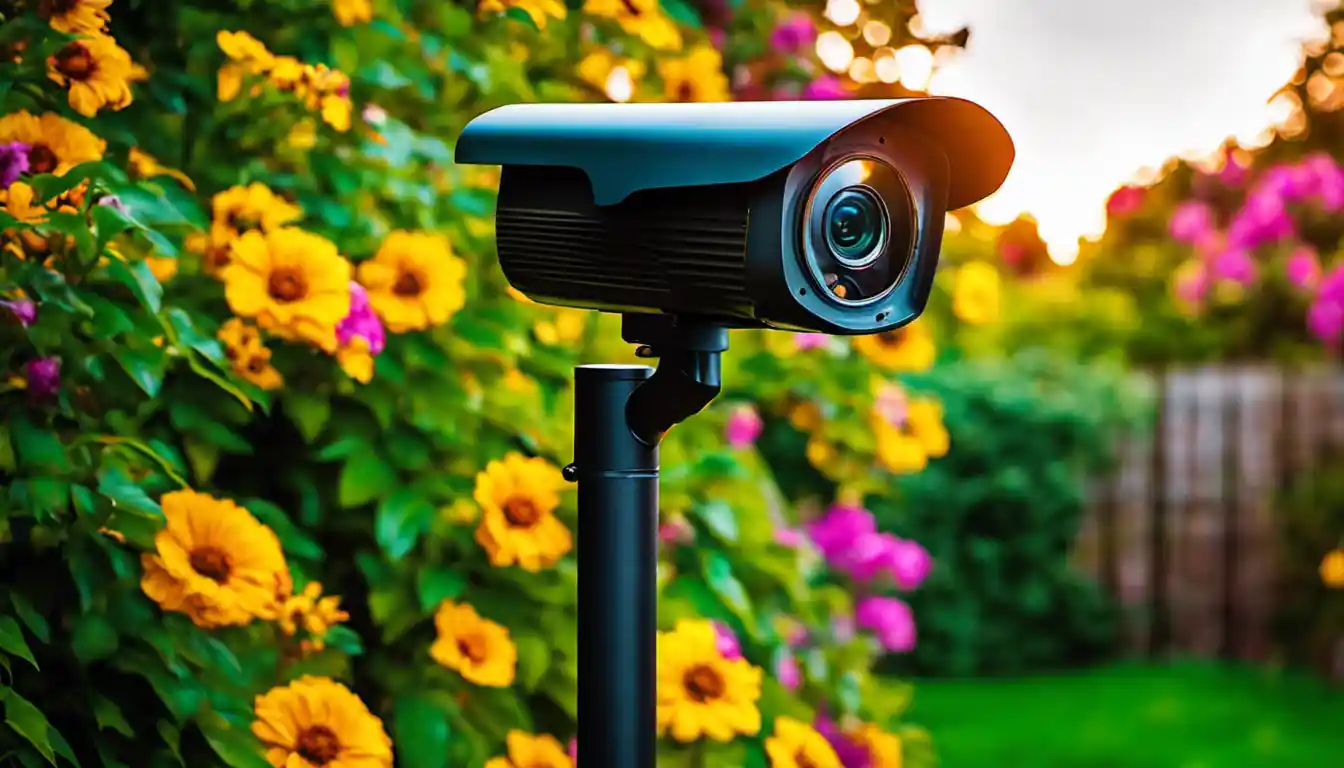Introduction: Why opt for a Solar Powered Wireless Security Camera
A DIY solar-powered wireless security camera can be a cost-effective and eco-friendly solution for home security. These cameras operate using solar panels for energy and connect to your home network wirelessly, eliminating the need for extensive wiring. Instructional guides and tutorials on setting up your own system can be found on home improvement blogs, electronic hobbyist forums, and video sharing platforms like YouTube.
How Solar Powered Wireless Security Cameras Work
A solar-powered wireless security camera system is simpler than it sounds. Imagine your standard security camera, but instead of plugging it into your home’s electricity supply, it’s connected to a solar panel and a rechargeable battery. This combination ensures your camera is powered day and night, using clean energy from the sun. On top of that, it communicates with your devices like your smartphone or computer wirelessly, offering untethered protection with an eco-conscious vibe.
See also: Solar Panel Cameras (Full Guide)
Necessary Materials and Tools for Making a Solar Powered Security Camera
Before we dive into how to make a solar-powered security camera, let’s gather the required materials. You’ll need a wireless security camera, a small solar panel, a rechargeable battery, a charge controller, solar cables, a weatherproof enclosure, and the relevant mounting hardware. For tools, you’ll need a drill, pliers, and a pair of wire strippers.
Evaluating and Understanding Power Requirement of Your Camera System
A vital step in the process of building your DIY solar-powered wireless security camera is understanding its power requirement. This involves determining the camera’s voltage and calculating the power it consumes daily. This information can be found in your product’s user manual. A typical wireless security camera operates on 12 volts and consumes about 2-10 watts.
Selecting the Right Type of Battery for Your Solar Powered Security Camera

Selecting a suitable battery is crucial for the smooth operation of your solar security camera. Typically, a 12V deep cycle battery is suitable. Lead-acid, lithium-ion, or lithium iron phosphate batteries are all great choices. Ensure the battery has enough capacity to power the camera for at least three nights. This will provide a buffer during periods of low sunlight.
Selecting the Suitable Solar Panel for Your Security Camera
When choosing a solar panel for your security camera, consider the amount of sunlight you get in your area, as this will affect the panel’s performance. A 50-watt solar panel should suffice for most applications. The panel must provide more energy than your camera uses, to ensure the battery is fully charged on sunny days.
Understanding and Choosing the Correct Charge Controller for your System
Don’t undermine the importance of a charge controller in your DIY solar-powered wireless security camera system—it protects your battery from overcharging. You would need a 10-amp charge controller for a 50-watt solar panel. Always ensure the controller’s maximum input voltage is higher than your solar panel’s maximum output voltage.
Choosing and Preparing the Suitable Solar Cable for Your System
After selecting the relevant components, prepare the solar cables. These transfer energy from the solar panel to the charge controller and then the battery. Consider using 12-gauge outdoor rated solar cable due to its durability.
Assembling and Preparing the Power Cord for the Camera System

Now, prepare the power cord that connects the camera to the battery. One end of this cord will connect to your camera’s power supply, while the other will mate with the battery.
Installing Your Solar Panel: Best Practices to Follow
Select a sunny location for installing your solar panel, ideally facing the equator. The panel should be mounted at an angle equal to your latitude for optimal sunlight capture.
Wiring Your Solar Powered Wireless Security Camera: A Step-by-Step Guide
After installing your solar panel, connect it to the charge controller using the solar cables. Then, connect the charge controller to the battery. Finally, connect your camera’s power cord to the battery.
Securing Your Solar Surveillance System with Weatherproof Enclosures and Mounts
Investing in a weatherproof enclosure for your battery and controller protects them from the elements. A weatherproof mount will ensure your camera is safe and secure.Open your camera’s settings and make sure it’s set for energy saving to optimize battery usage.
Conclusion: The Benefits and Assurances of a DIY Solar Powered Wireless Security Camera

Building a DIY solar powered wireless security camera provides not only security but also satisfaction. You’re in control of every component, understanding how they interact and the importance of each one. All this while making an environmentally friendly choice.
Troubleshooting Common Problems in DIY Solar Powered Wireless Security Cameras
Sometimes, minor issues may pop up with your DIY solar powered wireless security camera. The most common is inadequate power, which could be due to a faulty component or suboptimal positioning of the solar panel.
Advanced Tips and Tricks for Optimizing Your Solar Powered Wireless Security Camera’s Efficiency
Remember to clean your solar panel regularly for optimal functionality, and aim to size your battery and solar panel capacity with a buffer for more reliable performance. Optimization also lies in strategic camera positioning and efficient energy settings.
Incorporating Additional Features to Your Solar Powered Wireless Security Camera
Lastly, your DIY solar powered wireless security camera system can be upgraded. Consider adding an SD card for local storage, integrating it within your home automation system or even including a cellular module for remote access.
It isn’t just about knowing how to make a solar-powered security camera, but also about understanding how to optimize and even personalize it. The journey might be demanding, but the end result—an efficient and sustainable security system, customized to meet your needs—promises to be worth it.



